The Uganda Wildlife Education Center is a fun and exciting place to see and learn about the animals of Uganda and the ecosystems in which they live. Take some time to learn how they live, eat, play, and talk.
Originally founded in the 1950s to accommodate confiscated and injured wildlife and to look after orphan animals which have been taken away from smugglers it has grown considerably in recent years. Many say its destined to become the most important showcase for wildlife on the African continent.
Created by the government of Uganda with the help of the Wildlife Conservation Society in New York and managed by a Wildlife Trust, it never fails to delight. At UWEC you will come across free ranging Vervet monkeys and a family troop of DeBraza monkeys in the jungle of our hillside forest. Over 120 bird species can be watched ranging from the famous African fish eagle, over the Great Blue Turaco to Hammerkops, Giant Kingfisher and even the smallest sun birds.
UWEC is not a zoo in a conventional sense and neither is it a Safari Park but it is a center where wildlife education is combined with leisure. Our main aim is to model the main ecosystem of this country in open range exhibits. Not only can you observe many of our most exciting indigenous species here, but comprehensive interactive interpretation and briefings on them are also given.
If you are interested in botany you will also find live collections of traditional medicinal plants.
UWEC History
- 1952 Popularly known as “Entebbe Zoo”, was opened in 1952, by the Colonial Government in Uganda, as a reception centre for wild animals that were found as casualties (sick, injured, orphaned, confiscated from illegal trade etc).
- 1960s In the early 1960s, it changed its role to a traditional zoo (”Entebbe Zoo”), a name that rings memories in the minds of many Ugandans to date. At that time, a number of non-indigenous species, including bears and tigers, were kept as attractions.
- 1994 In May 1994, the UWEC Trust was founded to take over the zoo primarily for Conservation Education purposes. The Centre’s location on the edge of Lake Victoria, its rich vegetation and its surprisingly wide range of birds, butterflies and other indigenous animals make it an attractive venue for education as well as a pleasing one for those who visit, whether Ugandans or people from overseas
Did you know? The former Entebbe Zoo derives its name from Entebbe town. “Entebbe”, in the local Luganda language, means a “seat”, and was probably named that because it was the place where the Buganda chief sat to adjudicate legal cases.
It first became a British colonial administrative and commercial center in 1893 when Sir Gerald Portal, a colonial Commissioner, used it as a base. Port Bell went on to become Kampala’s harbor. Although no ships dock there now, there is still a jetty, which was used by Lake Victoria ferries.
Entebbe is perhaps best known to Europeans as the home of Entebbe International Airport, the main international airport of Uganda, which was inaugurated in 1947.
The Entebbe airport was the scene of one of the most daring counter-terrorism operations in history when soldiers from an elite unit of the Israeli army freed over 100 hostages following a hijacking by a group of Palestinian and German militia. It was also from this airport that Queen Elizabeth II departed Africa to return to England in 1952 when she learned of her father’s death and that she had become Queen.
Elevation: 3871 ft (1,180 m)
Population: (2011 Estimate) 79,700
ACCOMMODATION
SPECIALIZED TOUR OPERATORS
- Victoria Safaris Ltd
- Home to Africa Tours and Travel Company
- Maranatha Tours and Travel
- Great Lakes Safaris Limited

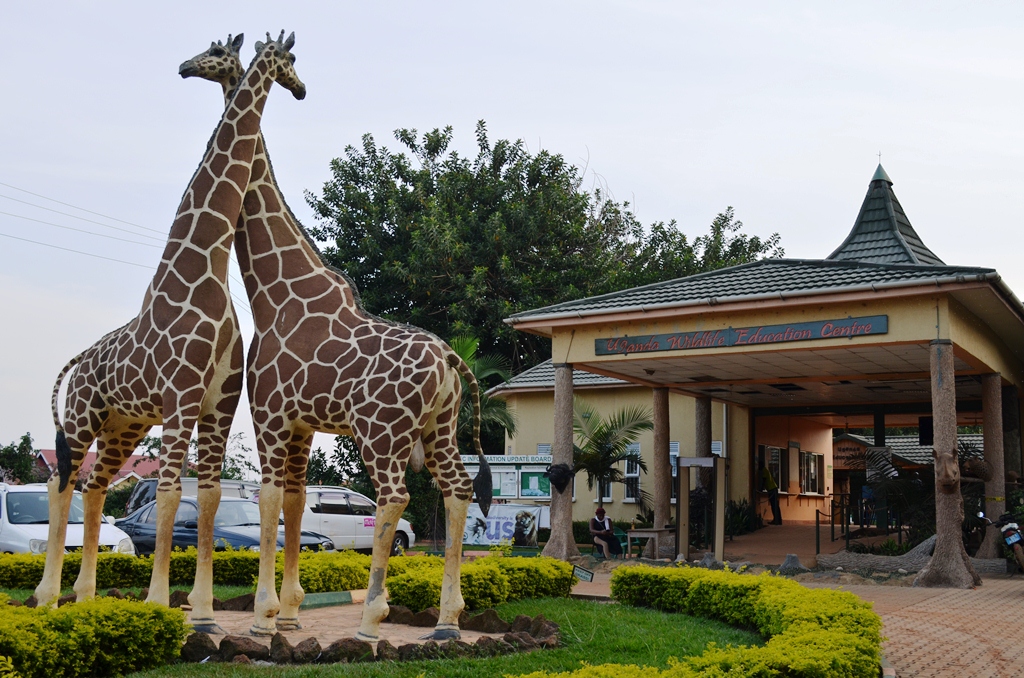
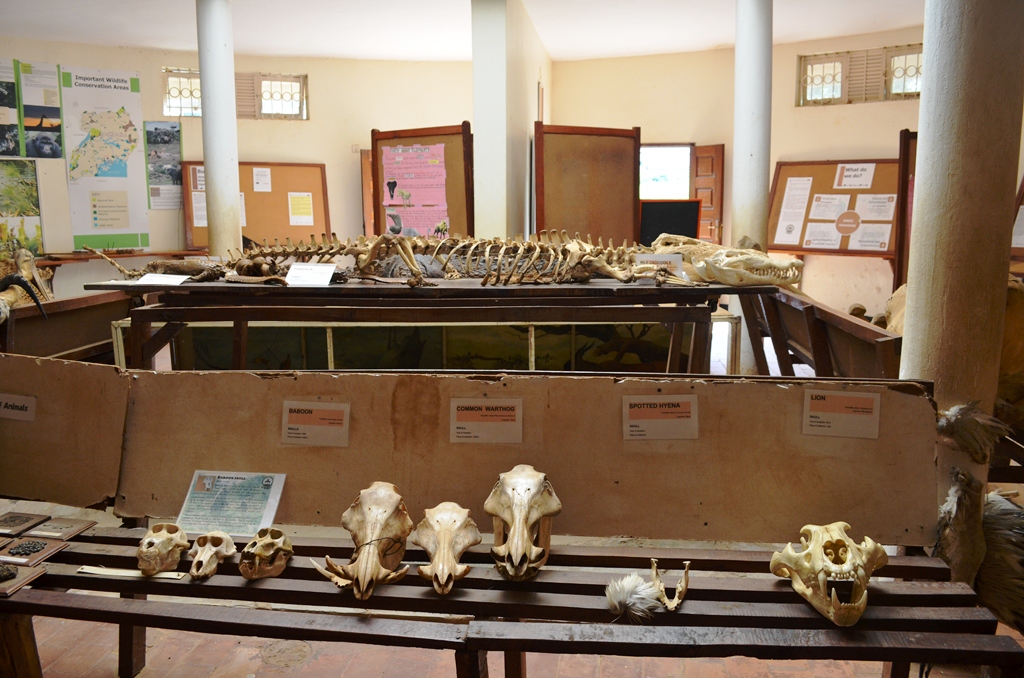
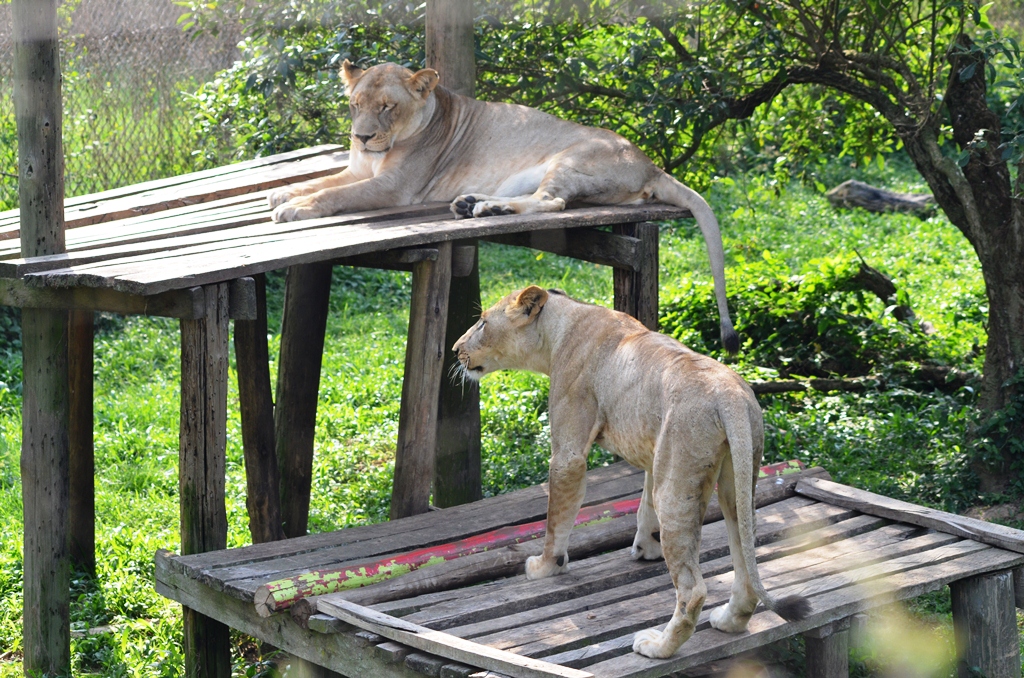
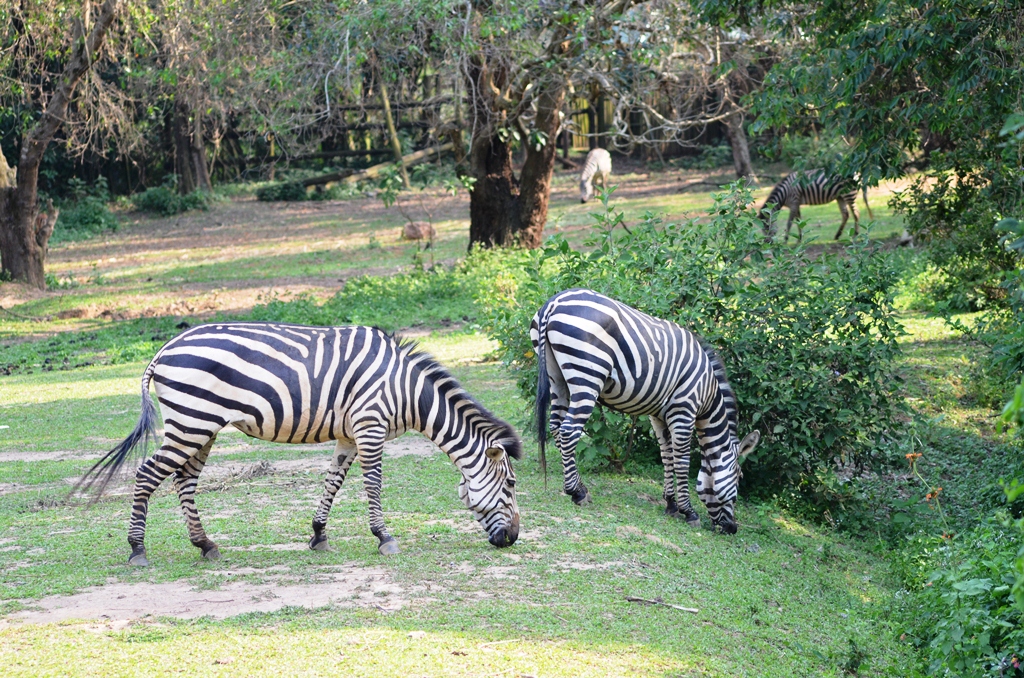
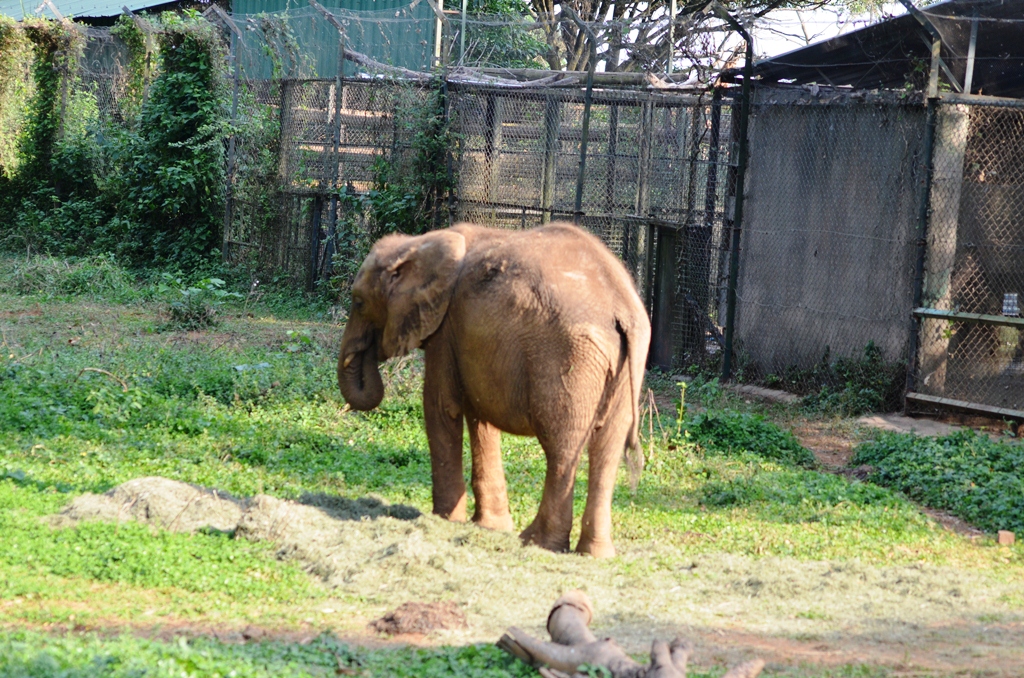

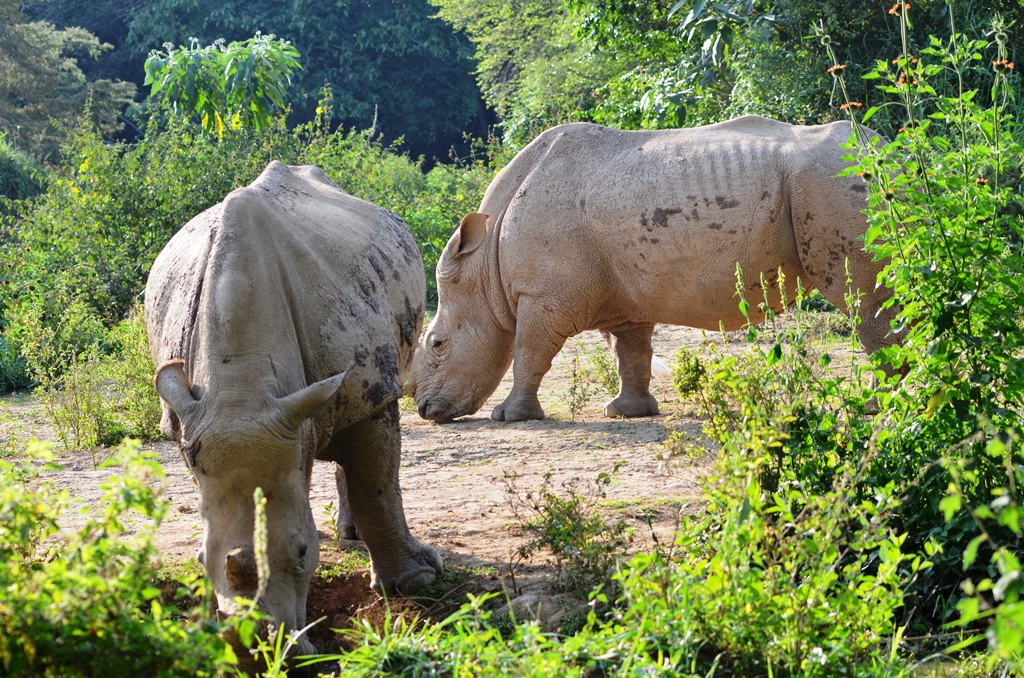
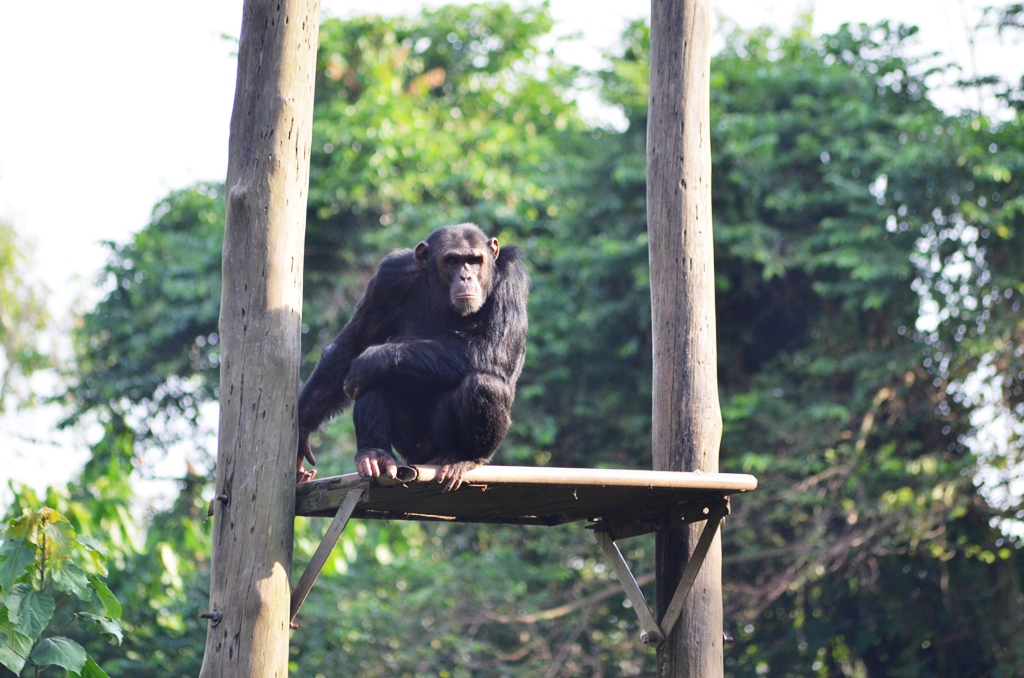
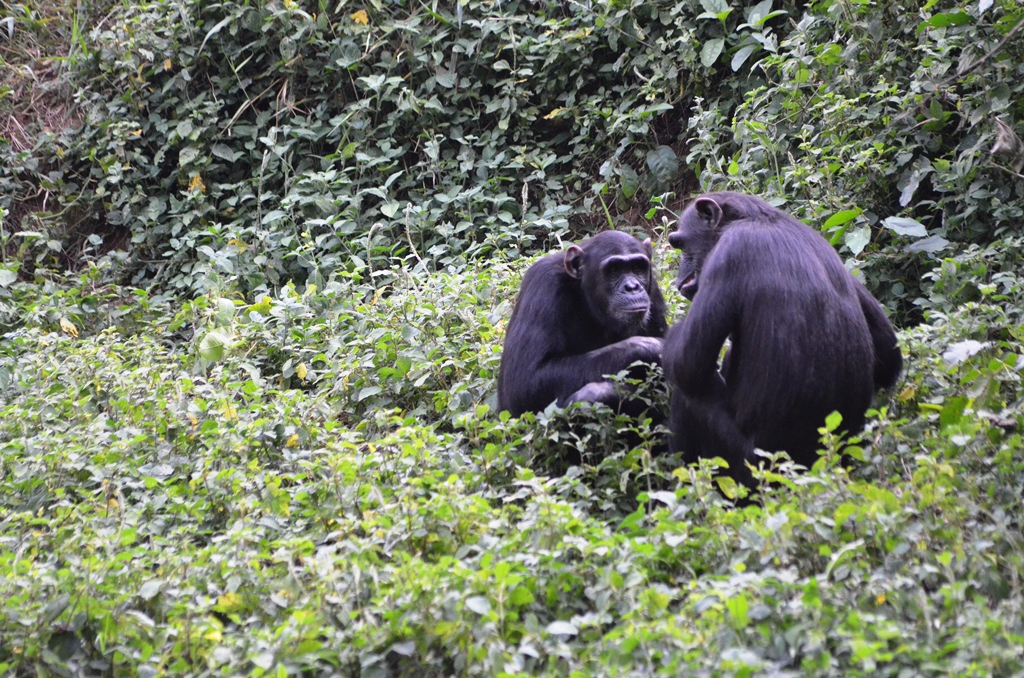
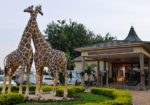
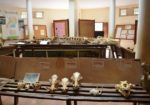
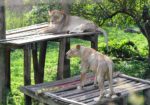
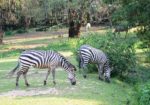

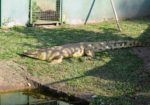
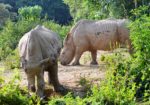
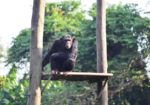
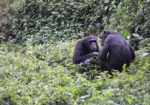
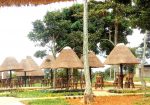

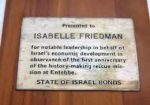
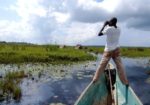








3 Comment
Twinomujuni Bridget, 2021-04-29 at 10:44 AM
What a great treasure to see different animals in one area,,, its amazing.
Othieno, Mombasa, 2016-09-27 at 9:13 AM
A great Sunday Escape from the city, My Family and I always visited this place to get away from town noise. A Great place to go with kids, teach them to appreciate nature, animal types and watch them, enjoy the small stretch of the beach, good fish, green gardens and a children play ground. You will find lions, a leopard, zebras, chimpanzees, crocodiles, snakes, elephant, Rhinos, birds, monkeys etc
Winchester Family2016, 2016-07-19 at 5:45 PM
Cool zoo. Different than zoos in the USA, We enjoyed how close you could get to the animals. We had a very knowledgeable guide which made the experience even better. They have a good variety of animals